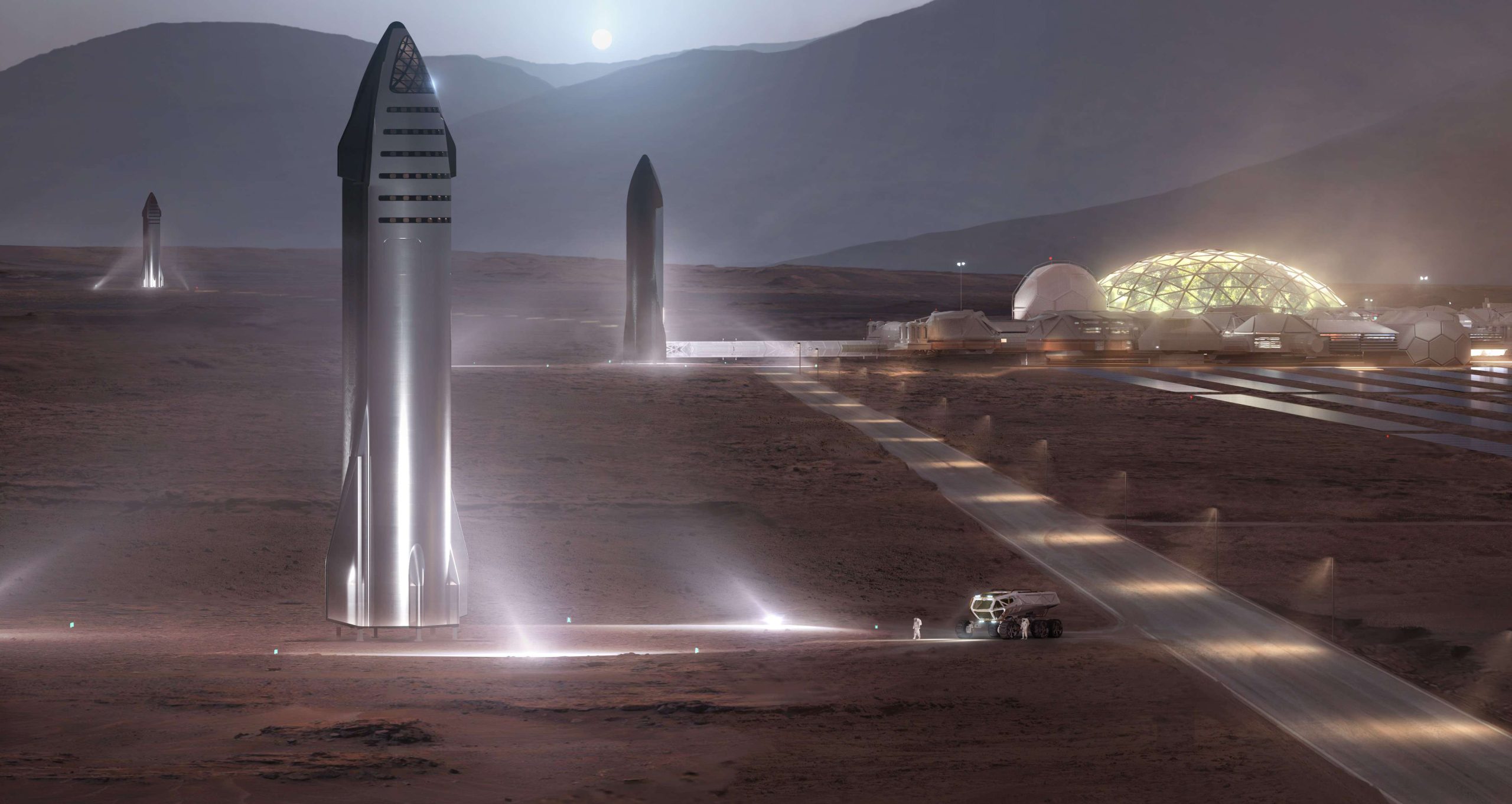
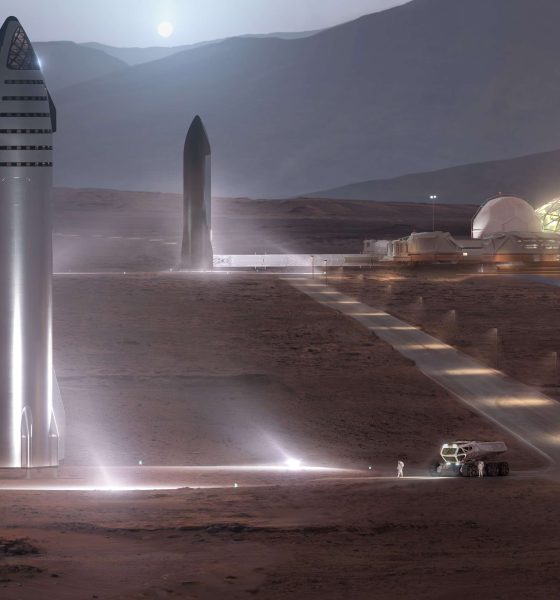
News
SpaceX Mars rocket factory in LA go for launch after cresting last big hurdle
SpaceX’s revived plan for a California-based Mars rocket factory has officially been approved by the Los Angeles City Council, the last major hurdle standing in the way of the prospective port-based Starship production facilities.
First announced in March 2018 and abandoned for about a year beginning in March 2019, SpaceX has refreshed plans to build giant rocket parts in a California port, simplifying aspects of the original proposal and relying heavily on the fact that steel is far easier to handle than carbon fiber. Now, the company wants to refurbish and repurpose a number of old abandoned buildings already present at Port of LA Berth 240, effectively replicating a somewhat smaller version of the Starship production facilities SpaceX is in the middle of building in South Texas.
With Los Angeles Harbor Commission and City Council approvals both safely in hand, SpaceX’s Port of LA Starship is now officially a question of “when”, not “if”. When the concept first popped back into the public discourse late last month, it came alongside a report from CNBC reporter Michael Sheetz that SpaceX wanted to start building Starship parts as few as 90 days after it reapproached Port officials.
That certainly remains a massive challenge but it’s increasingly likely that the company will actually be able to start work on a few limited Starship parts within the next month or two. Thanks to the simplicity of the stainless steel SpaceX redesigned Starship to use, the equipment needed to form Starship rings and noses, weld those rings and nose sections together, and outfit that hardware with various rocket-related components is surprisingly robust.
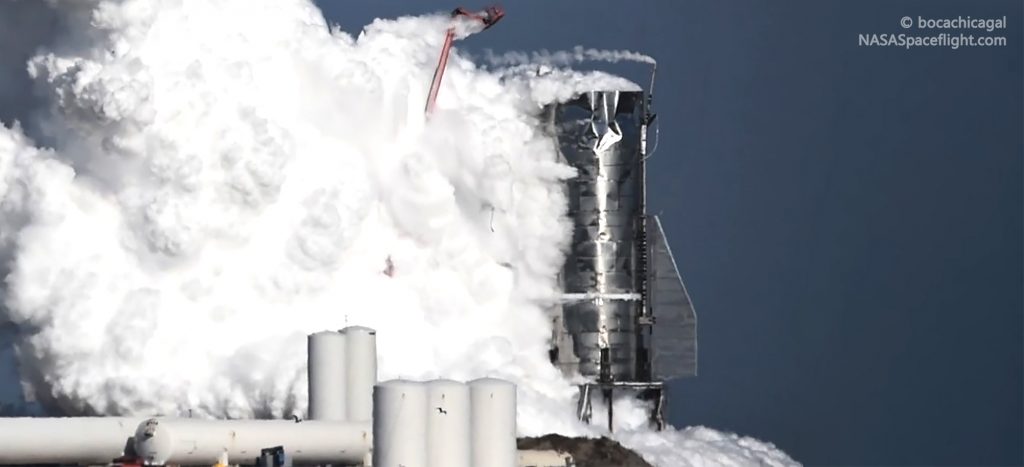
Starship Mk1, for example, was fabricated and assembled almost entirely out in the coastal Texas elements over a nine-month period and largely relied on segments of steel sheet metal that was then manually joined and welded together with cranes and workers on mobile lifts. Transported to the launch pad for testing just yesterday (Feb 25), SpaceX has improved the methods used to build Starship SN01 and it undoubtedly shows, offering far superior build quality despite being fabricated and assembled almost nine times faster than Mk1.
Assuming that SpaceX has already ordered similar production equipment, all that’s (optimally) needed to get an equivalent Starship section factory up and running in the Port of LA is healthy cohort of welders and operators, reliable access to electricity and utilities, and a few covered roofs and enclosed structures. Compared to Boca Chica, Texas, the Port of Los Angeles might as well be smack dab in the middle of an oasis.
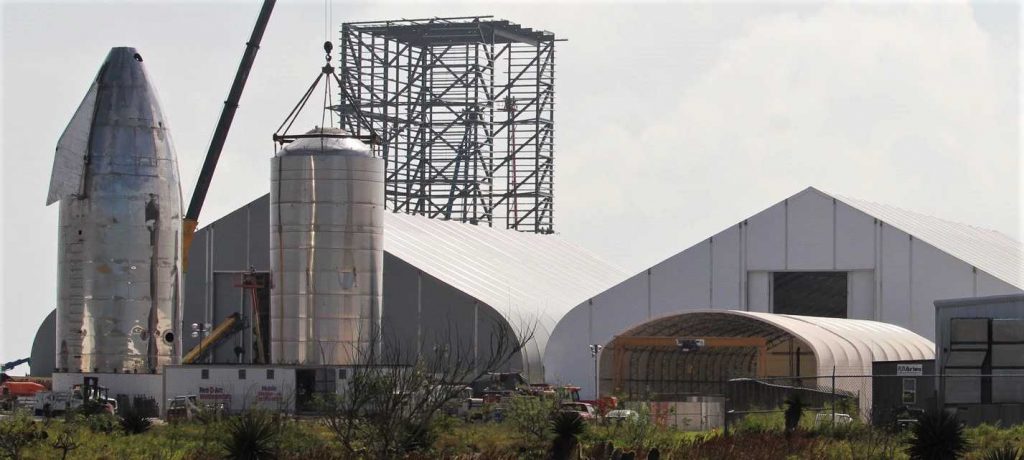
The biggest hurdles remaining involve navigating the regulatory apparatuses designed to protect historic buildings like those SpaceX plans to refurbish at Berth 240. A number of other miscellaneous specifics will also need to be hammered out with contractors and legal officials from the city, port, and other stakeholders, but ultimately, these last few challenges are more a matter of time than a serious threat. Stay tuned for updates as we wait (again) for SpaceX to break ground on its Berth 240 rocket factory.
Check out Teslarati’s Marketplace! We offer Tesla accessories, including for the Tesla Cybertruck and Tesla Model 3.

News
Tesla breaks Norway’s all-time annual sales record with one month to spare
With November alone delivering 4,260 new registrations, Tesla has cemented its most dominant year ever in one of Europe’s most mature EV markets.
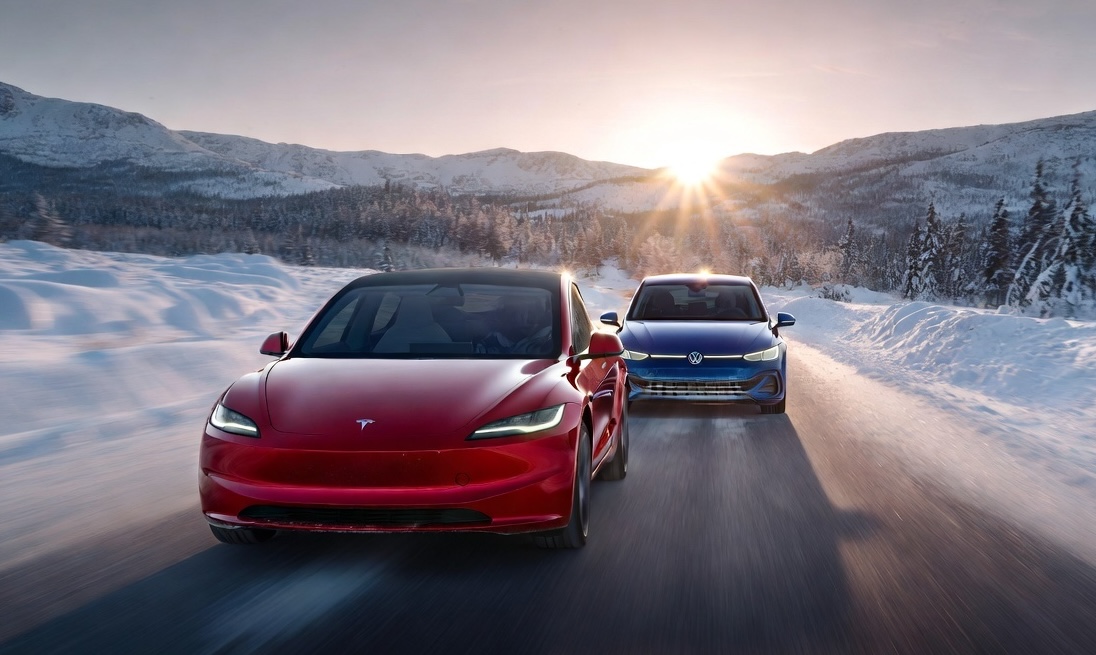
Tesla shattered Norway’s decade-old annual sales record this month, overtaking Volkswagen’s long-standing milestone with over one month still left in the year. Backed by surging demand ahead of Norway’s upcoming VAT changes, Tesla has already registered 26,666 vehicles year-to-date, surpassing Volkswagen’s 2016 record of 26,572 units.
With November alone delivering 4,260 new registrations month-to-date, Tesla has cemented its most dominant year ever in one of Europe’s most mature EV markets.
Model Y drives historic surge in Norway
Tesla’s impressive momentum has been led overwhelmingly by the Model Y, which accounted for 21,517 of Norway’s registrations this year, as noted in a CarUp report, citing data from Elbil Statistik. The Model 3 followed with 5,087 units, while the Model S and Model X contributed 30 and 19 vehicles, respectively. Even the parallel-imported Cybertruck made the charts with 13 registrations.
Demand intensified sharply through autumn as Norwegian buyers rushed to secure deliveries before the country’s VAT changes take effect in January. The new regulation is expected to add roughly NOK 50,000 to the price of a Model Y, prompting a wave of early purchases that helped lift Tesla beyond the previous all-time record well before year-end.
With December still ahead, Tesla is positioned to extend its historic lead further. Needless to say, it appears that Norway will prove to be one of Tesla’s strongest markets in Europe.
FSD could be a notable demand driver in 2026
What’s especially interesting about Tesla’s feat in Norway is that the company’s biggest selling point today, Full Self-Driving (Supervised), is not yet available there. Tesla, however, recently noted in a post on X that the Dutch regulator RDW has reportedly committed to issuing a Netherlands national approval for FSD (Supervised) in February 2026.
The RDW posted a response to Tesla’s post, clarifying the February 2026 target but stating that FSD’s approval is not assured yet. “The RDW has drawn up a schedule with Tesla in which Tesla is expected to be able to demonstrate that FSD Supervised meets the requirements in February 2026. RDW and Tesla know what efforts need to be made to make a decision on this in February. Whether the schedule will be met remains to be seen in the coming period,” the RDW wrote in a post on its official wesbite.
If FSD (Supervised) does get approved next year, Tesla’s vehicles could gain a notable advantage over competitors, as they would be the only vehicles on the market capable of driving themselves on both inner-city streets and highways with practically no driver input.
News
Tesla Full Self-Driving v14.2’s best new feature is not what you think
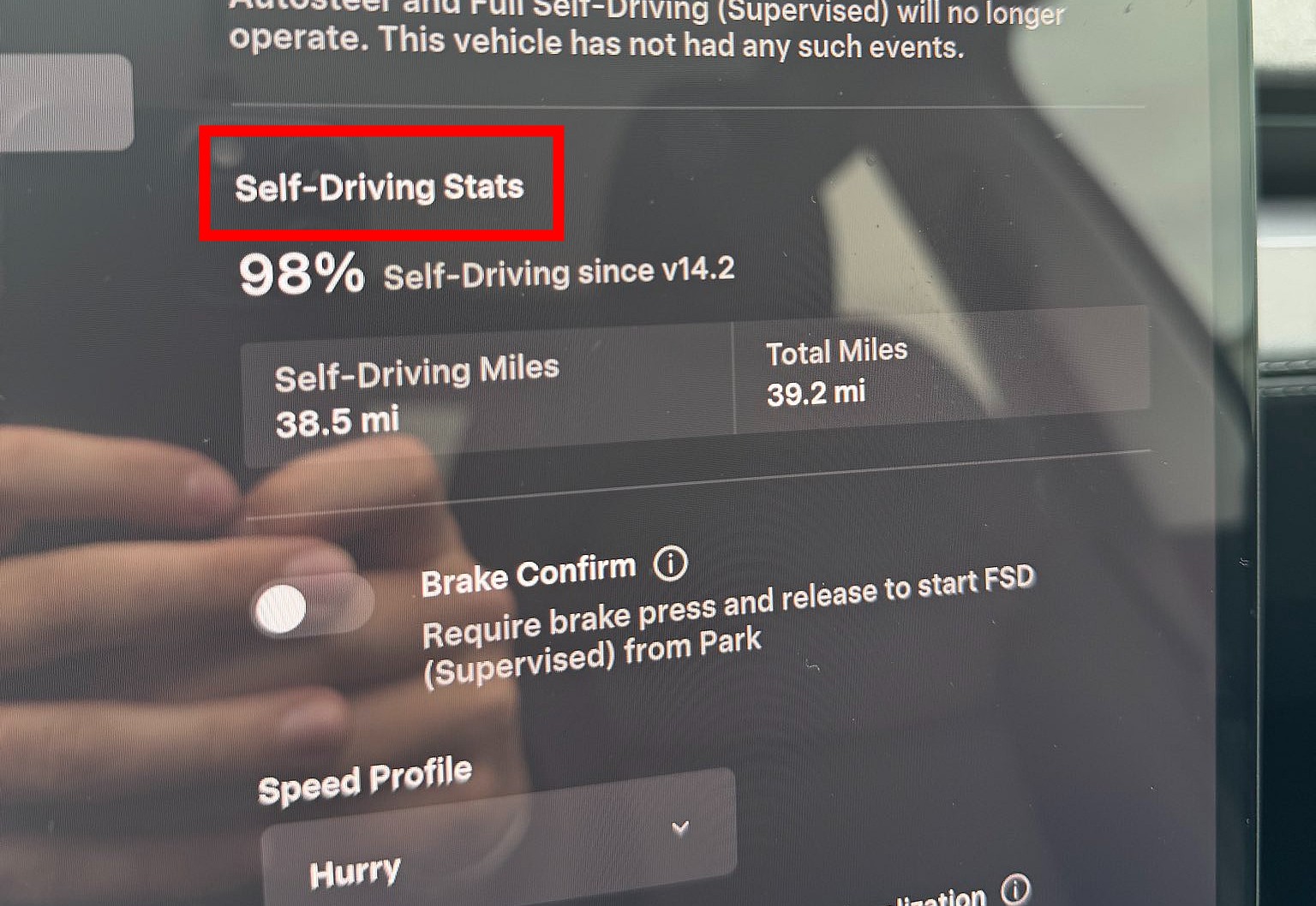
Tesla Full Self-Driving v14.2 rolled out late last week to Early Access Program (EAP) members, but its best feature is not what you think.
While Tesla has done a great job of refining the performance of the Full Self-Driving suite with the latest update, there are some other interesting additions, including one that many owners have requested for some time.
Upon the release of v14.2, many owners recognized the Blue Dot next to the Autopilot tab in Vehicle Settings, notifying them of a new feature. What was included as a new feature in the new update was a Full Self-Driving stats feature, which now will show you how many miles you’ve traveled in total, and how many of those miles were driven using FSD:
🚨 The coolest non-driving change of Tesla Full Self-Driving v14.2 pic.twitter.com/HOJcFaV2Ny
— TESLARATI (@Teslarati) November 21, 2025
The feature seems to be more of a bragging rights thing than anything, but it will also give drivers a good idea of how many miles they are using Full Self-Driving for. Those who use telematics-based insurance services will also be able to run experiments of their own, and could determine whether their premiums are impacted by the use of Full Self-Driving, and whether it is more advantageous to use over manual driving.
Tesla rolled out numerous other improvements with Tesla Full Self-Driving v14.2, most notably, the company seems to have resolved previous complaints about brake stabbing and hesitation. This was a major complaint in v14.1, but Tesla has seemed to resolve it with this newest branch of the FSD suite.
There were also improvements in overall operation, and it was notably smoother than past versions. Speed Profiles are seemingly refined as well, as they seem much more fixed on how fast they will travel and how aggressive they will be with things like passing cars on freeways and lane changes.
In future updates, Tesla plans to add Parking Spot selection, along with overall operational improvements. However, CEO Elon Musk recently said that the next branch, Full Self-Driving v14.3, will be where the “final piece of the puzzle is placed.” Tesla believes it is close to solving autonomy, so v14.3 could be a major jump forward, but it remains to be seen.
News
Tesla adjusts crucial feature as winter weather arrives

Tesla has adjusted the functionality of a crucial climate feature as Winter weather has started to arrive throughout some parts of the United States. The new feature was highly requested by owners.
Tesla has a Cabin Overheat Protection feature that helps keep the temperature regulated if it reaches a certain threshold. Inversely, it can be used in cold weather as well, which will automatically warm the cabin if it sinks to a temperature that is too low for the owner’s comfort.
This is a great way to keep the cabin either warmed up just enough or cooled down just enough so that it never gets too hot or too cold. Extreme temperatures could damage certain parts of the vehicle or damage personal belongings that are kept inside the car.
Overheat protection is a great thing to have in hot climates like Arizona or Texas, especially with the Premium trims of the Model 3 and Model Y, which feature a glass roof.
Many owners appreciate the feature, but they argue that using it at home will utilize too much energy, especially during extreme temperatures. For a while, many Tesla fans have requested an option to disable this feature when the car is parked at home, which the company recently added, according to Not a Tesla App.
The feature is part of Software Version 2025.44.3, and the release notes state:
“You can now choose Exclude Home when Cabin Overheat Protection or No A/C is enabled.”
Tesla has been great at listening to what owners want with new features, and this is one that will reserve some charge and prevent unnecessary utilization of available power, especially as the car is parked at home. If owners want to condition the cabin or get the car ready for operation with a comfortable interior, they can utilize the Tesla app to adjust the climate.








